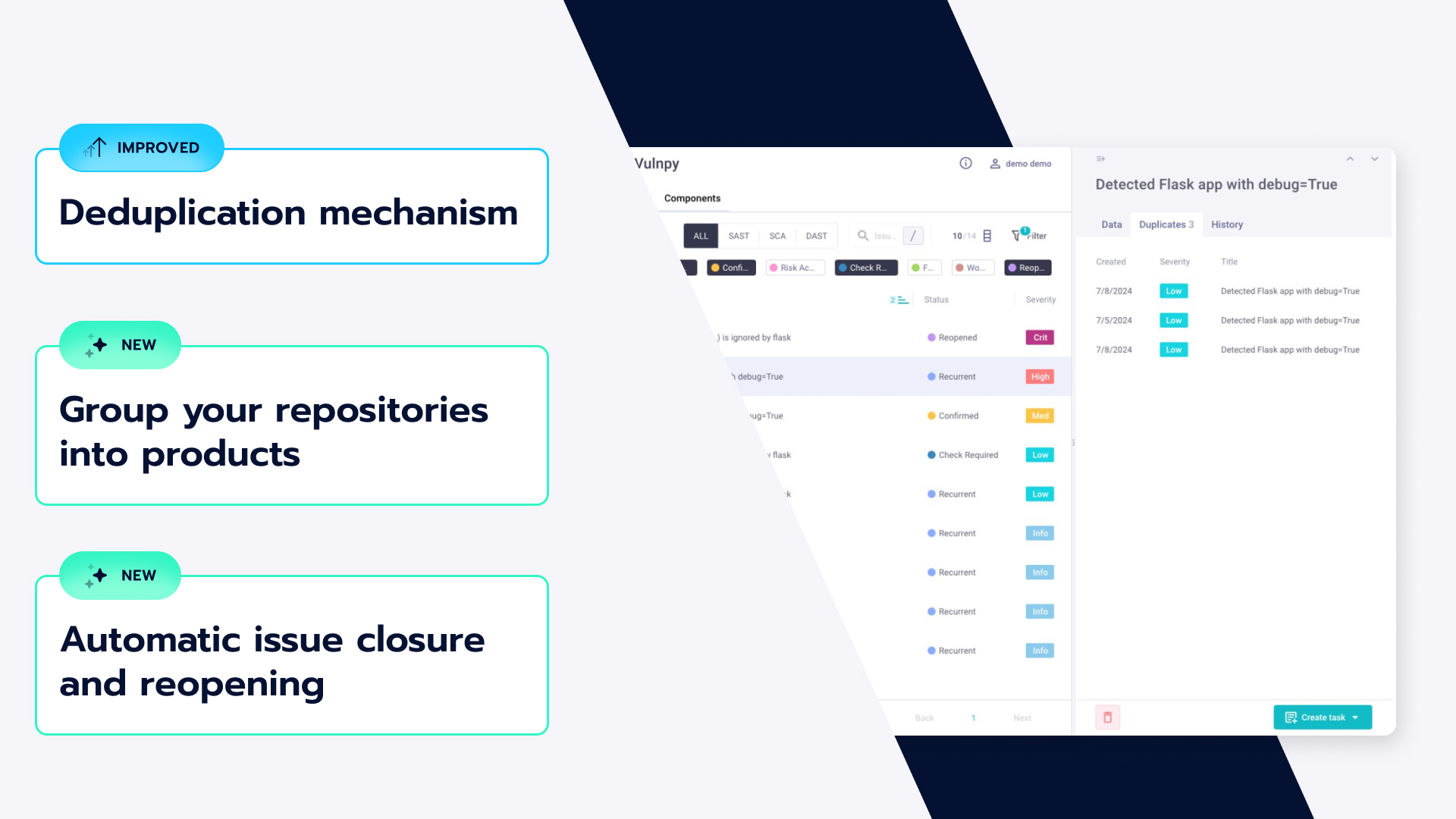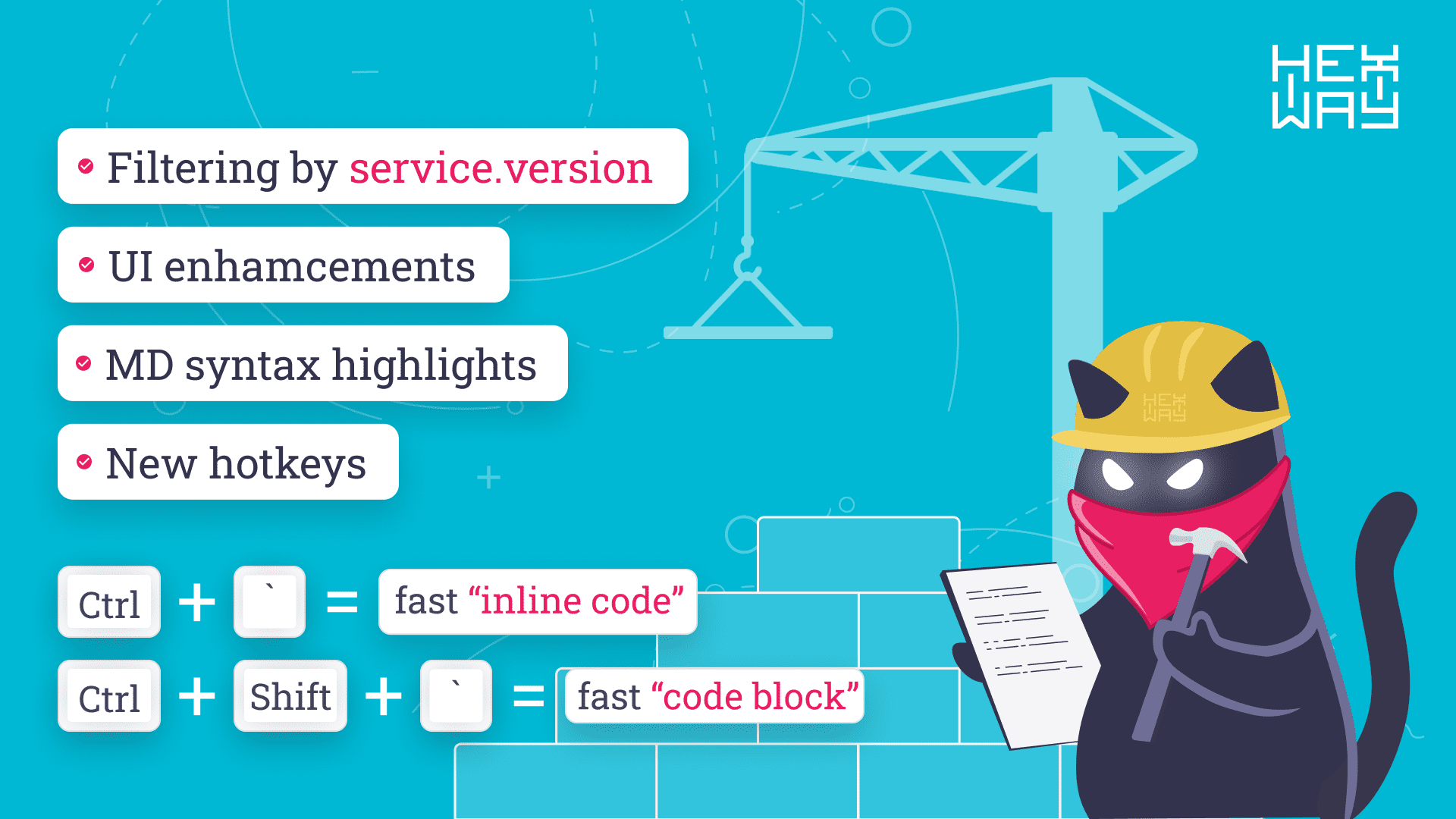Vulnerability assessment or Penetration testing: what to choose?

Vulnerabilities. Threats. Risks.
Smart, well-informed cybersecurity professionals are intimately familiar with these terms. They also know that they must identify and address the vulnerabilities, threats, and risks affecting their organization to protect it from catastrophic cyberattacks and data breaches. To do this, they may employ vulnerability assessments and penetration testing.
But even seasoned professionals confuse the two ideas and use the terms interchangeably – and erroneously. Consequently, they invest in one program even though they need the other, which leaves the organization even more vulnerable to threat actors and cyberattacks.
Security specialists must understand how vulnerability assessment differs from penetration testing to avoid the costly repercussions of such mistakes. Read on to understand these differences so you can make an informed decision about what your organization needs to protect itself from the bad guys.
What is a Vulnerability Assessment?
A vulnerability is any security weakness that threat actors can exploit to gain unauthorized access to your organization’s network, assets, or data. Cybercriminals of all kinds may take advantage of the open vulnerabilities in your corporate network in many ways.
They may exploit broken authentication processes, security misconfigurations, buffer overflows, launch SQL injection, or cross-site scripting (XSS) attacks. In recent years, many attackers have started exploiting vulnerabilities in standard software to perpetrate broad-ranging supply chain attacks. Others exploit undiscovered software vulnerabilities to launch dangerous zero-day attacks.
A vulnerability assessment is an automated scan that looks for and reports on high-level security weaknesses in your IT environment. Vulnerability scanning is an essential part of your cybersecurity program. However, it shouldn’t be the only part.
The following section explains why.
Limitations of Vulnerability Scans
Vulnerability scans reveal security weaknesses and suggest appropriate mitigation strategies to address them. However, most provide only surface-level information about your organization’s security posture.
Since these scans are automated, they simply report on detected vulnerabilities. They neither confirm whether a vulnerability is truly exploitable nor show how a threat actor could exploit it. A lack of detailed and contextual information can slow down your remediation efforts. You may waste time and money on remediating what doesn’t need to be remediated, leave other serious issues unaddressed, and create new opportunities for bad actors to attack.
Further, most scan reports include too many false positives, i.e., a vulnerability that the scanner perceives as a threat, even though it is not one. Your security team will need to manually review each false positive before taking action, which results in “alert fatigue”. To avoid alert fatigue, some teams simply ignore many vulnerabilities, creating serious security issues for the organization.
What is a Penetration Testing?
A penetration test (pentest) is a detailed, in-depth look at security vulnerabilities. The tester attempts to “think like a hacker” in a pentest but for ethical reasons. That’s why pentesters are also known as ethical hackers.
Ethical hackers simulate a threat actor’s attack to deliberately breach your organization’s security perimeter, exploit critical systems, and find open vulnerabilities. Unlike vulnerability scanners, they also prove that a bad actor can exploit a discovered vulnerability to access enterprise resources and compromise sensitive data. To do this, they may deliberately crack passwords, cause buffer overflows, and employ SQL injections. Ultimately, their goal is not to cause damage but to show how to prevent it.
Why You Need Penetration Testing
As we have already seen, vulnerability scans are surface-level assessments littered with unnecessary false positives. A pentest, however, is a straightforward and proactive way to find and remediate vulnerabilities in your business or project. In addition to finding vulnerabilities in your networks, software, and devices, it can show you whether bad actors can exploit these vulnerabilities and how they can do it.
Such tests also measure the severity of each detected flaw so you can make considered decisions about how to address each vulnerability: eliminate, minimize, or simply accept it.
Unlike automated vulnerability scans, pen tests are always conducted by experienced and knowledgeable human testers. While testers use software tools and frameworks for testing, the results come from the combination of their skills, judgment, and analytical capabilities.
Final Thoughts
Although vulnerability scans can help identify security gaps in your IT infrastructure, they’re not enough on their own. To strengthen your cyber defenses and continually protect your enterprise from the bad guys, you need both vulnerability scans and pen tests.
Pentest as a Service (PTaaS) is the fastest, most efficient, and scalable way to implement continuous penetration testing. Hexway provides two PTaaS tools, Hive and Apiary, so you can speed up pen tests, get quick results, and boost your enterprise security. Book a demo to see these tools in action.












